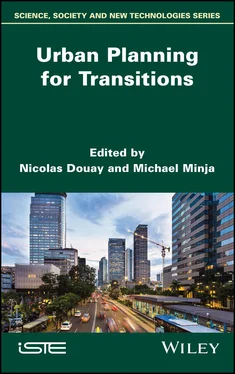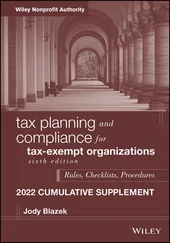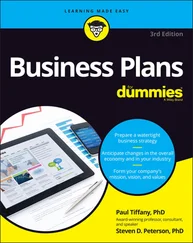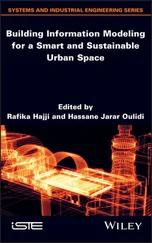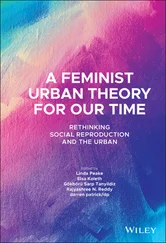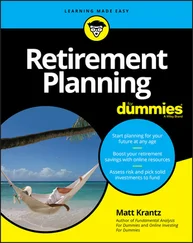4 iv) Defining the resilience lens: based on the seven qualities of resilience, that is: reflective, resourceful, robust, redundant, flexible, inclusive and integrated.
5 v) Defining focus areas: based on the city’s challenges, which are: social cohesion and education; energy transition; climate adaptation; cyber use and security; critical infrastructure; changing urban governance (changes in society and democracy, driven by moving away from the top–down hierarchy to a more bottom–up approach with much greater levels of community and citizen involvement); a changing economy that is driven more by sharing and technological innovation “Next Economy”.
6 vi) Define the resilience goals: based on the city analysis (12 aspects);
7 vii) Define actions and related actions: connected to the vision and objective of each goal.
1.3.2. Rotterdam Resilience Strategy – Goals, stakeholders
The Resilience Strategy 2030 adopted by the city of Rotterdam includes seven goals with reference from the resilience qualities: (i) Rotterdam: a balanced society; (ii) World Port City built on clean and reliable energy; (iii) Rotterdam Cyber Port City; (iv) Climate Adaptive city to a new level; (v) infrastructure ready to face the 21st century; (vi) Rotterdam network city; and (vii) anchoring resilience in the city.
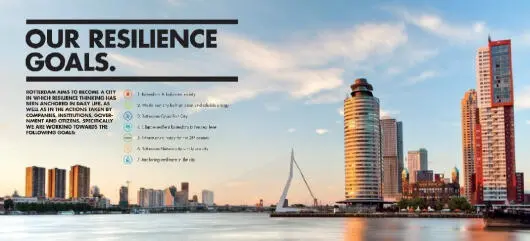
Figure 1.1. Resilience goals of Rotterdam Brochure. For a color version of this figure, see www.iste.co.uk/douay/transitions.zip
(Source: Rotterdam Resilience Strategy 2016) .
The city of Rotterdam managed to launch the resilience strategy by featuring good public participation and the involvement of different stakeholders such as the Rotterdam residents, public and private organizations, businesses and knowledge institutions in the decision-making process. Table 1.2presents a summary of most of the stakeholders that participated in the process of coming up with the Resilience Strategy 2030.
Table 1.2. Stakeholders and actors
(source: Rotterdam Resilience Strategy)
| Type of Stakeholders |
# |
Others |
| – Utility companies |
2 |
– The International Water Exchange, powered by the Rockefeller Foundation– 100 Resilient Cities– Rotterdam Centre for Resilient Delta Cities– URBACT: Resilient Europe program– Cities experience and exchange with: Antwerp, Bristol, Burgas, Glasgow, Katowice, Malmo, Potenza, Rome, Thessaloniki, Vejle and the EU |
| – Municipality organizations |
6 |
| – Housing associations |
3 |
| – Waterboards |
3 |
| – Port Authority Rotterdam |
1 |
| – Civilian platforms |
1 |
| – DCMR Environmental Agency |
1 |
| Besides, 8 (platform) partners including knowledge institutessuch as: Microsoft, AECOM, TNO, Drift, Resilient Delta Cities (RDC), Urbanisten, Erasmus Universiteit Rotterdam and DELTARES. |
Following this, Rotterdam took a comprehensive approach on the city’s efforts for resilience, targeting a holistic way to face challenges in smaller scales. All the goals scheduled to be acted upon by the different stakeholders were described in each section. It also included a description of the financing methods or feasibility; the current status of development or implementation; the categorization of the response – as short, medium or long term; and the owner and the level of impact, in the scale of an individual, district or the city.
Table 1.3. Rotterdam Resilience Goals
(source: Rotterdam Resilience Strategy 2016)
| GOAL 1: |
Rotterdam: a balanced society: “ Skilled and healthy citizens in a balanced society ” |
| To build and strengthen resilience at the individual and societal levels, by supporting knowledge, skills, education, health, well-being, as well as mutual understanding and respect as central pillars of a balanced society. |
| GOAL 2: |
World Port City built on clean and reliable energy: “ Towards a flexible energy infrastructure for an efficient and sustainable energy mix in Port and City ” |
| Providing a clean diversification of energy sources and making the urban energy infrastructure would be a complex task; however, it provides the opportunity for Rotterdam to strengthen its economy and reputation, as well as it makes the city more flexible for the future. |
| GOAL 3: |
Rotterdam Cyber Port City: “ Rotterdam aims to be a cyber resilient city and port, an important condition required to attract new business and investment ” |
| The resilience of Rotterdam to cyber threats will be increased by enhancing awareness, sharing knowledge and experience, and joining forces to improve responsiveness and ICT products. |
| GOAL 4: |
Climate Adaptive city to a new level: “ Climate proof plus cyber proof critical infrastructure ” |
| The city of Rotterdam will work to better understand the cascading impacts of climate change and to factor these into their cost–benefit decision-making. Furthermore, they will also strengthen their crisis management approaches based on increased knowledge of flood risks, as well as enhancing their climate resilience strategy by taking action on cyber resilience. |
| GOAL 5: |
Infrastructure ready for the 21st Century: “ A robust and resilient underground infrastructure as a physical basis for a resilient Rotterdam ” |
| Rotterdam wants to increase resilience by enhancing the awareness of risk, developing a policy for more robust decision-making; more integrated planning practice both underground and over-ground, relating to infrastructural interventions. |
| GOAL 6: |
Rotterdam network – Truly our city: “ Residents, public and private organizations, businesses and knowledge institutions together determine the resilience of the city ” |
| The resilience strategy will focus on increasing government flexibility and will facilitate connecting several networks of locals, individuals and businesses, as a catalyst for more bottom–up community and initiatives, to share knowledge and experiences to the advantage of Rotterdam’s people and prosperity. |
| GOAL 7: |
Anchoring resilience in the city: “ With stakeholders in the neighborhoods,sharing knowledge and a facilitating organization ” |
| The city will develop an innovative and integrative agenda on the back of this resilience strategy to identify co-benefits and synergies. |
This Resilience Strategy adopted by the city has managed to cover different scales, starting from the smallest one that is buildings and people to the world-wide scale through connecting with and recognizing other cities with global resilience strategies. Therefore, the strategy managed to focus and reasonably integrate the following key aspects.
1.3.3. Concrete resilient initiatives and programs
The strategy has adopted different programs and initiatives that made it distinctive, creative and applicable as well. The following ideas present how the strategy has succeeded in being creative in dealing with city’s threats and how they formulated their weaknesses into opportunities (the following programs and initiatives are based on personal preferences):
Читать дальше
